“Switzerland” comparison does not exactly come to mind when you consider how war-torn and miserable this nation has been in the recent years. But cast a longer look around you while visiting this incredible spot in the Middle East – and the ancient, spectacular beauty of the place will start to haunt you, bless you, and lift you above political agendas and human strife.
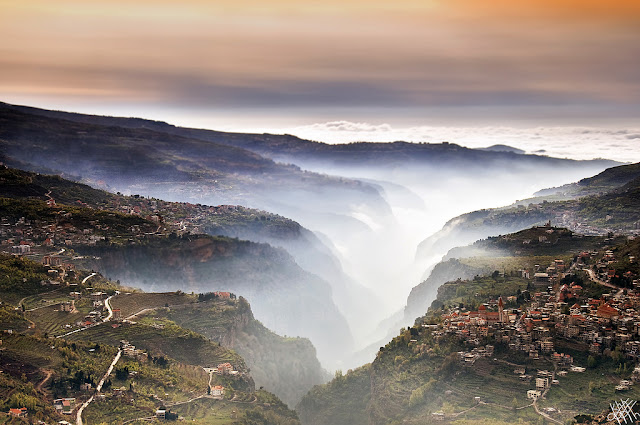
Bsharre and the Kadisha valley, photo by lux-lucis-pictor
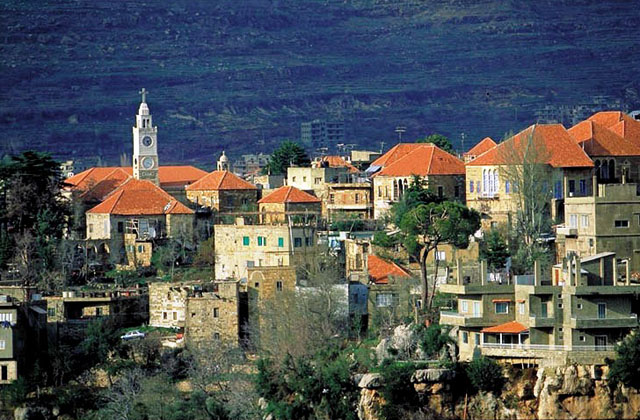
Bsharre village, photo by Pierre Yaacoub
Those who still remember times of peace before the Civil War (1975-1990) would say that comparison with Switzerland is not so far fetched. Many banks made home there and the cultural diversity and color was
simply astounding. Combine it with natural grandeur, and there you have it – something to be treasured in the heart of anyone who experienced it.

In this article we only going to show the nature side, but trust us – the cuisine and intense culture of the region is still vibrant and unforgettable today.
Landscapes of Biblical Proportions
Pascal Beaudenon shows the epic qualities of Lebanon’s landscape. With his exclusive permission here are the highlights: Denniye and Aqqar valleys, Aamiq region, Mount Lebanon’s range, Junipers of Mount Aammar, The Pigeons Grotto, Batrun area beach:

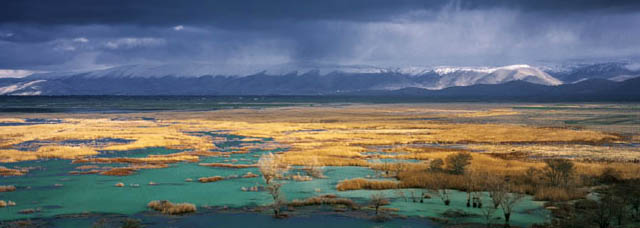
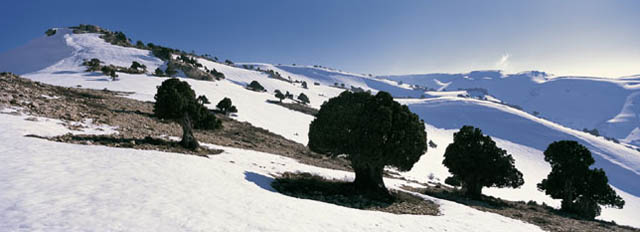

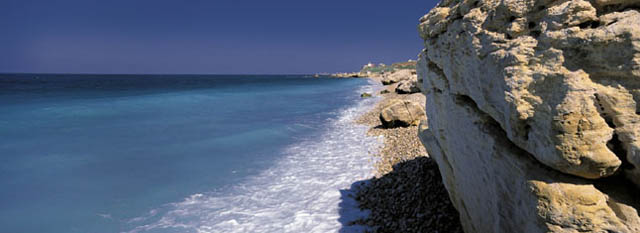
(photos by Pascal Beaudenon)
Pure, White, Ancient – it’s all in a name
The fascination and beauty of Lebanon has historically lured many visitors to its mountain slopes and coasts. The name “Lebanon” is a very ancient name, which comes from an Aramaic root which means “white”, probably referring to the snow-capped peaks of Mount Lebanon. The mountains of Lebanon have been split into two ranges, separated by the Great Rift Valley (which stretches into Africa) with the valley of Beqaa in between.
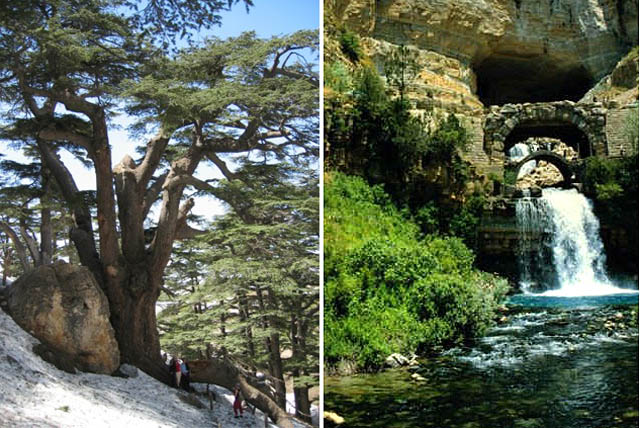
(images credit: habeeb.com)
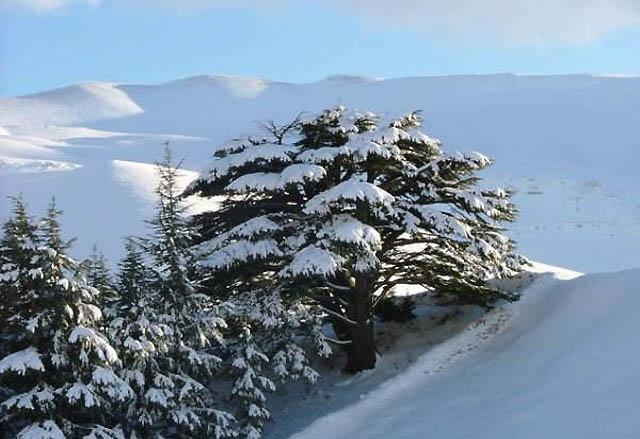
(image via Bassem B.)
Solomon considered these trees worthy of the Temple
The famous Cedar of Lebanon grows high on the mountain slopes; forests at lower altitudes consist more of oak and pine. The cedar groves are mentioned in the Epic of Gilgamesh, the Bible, the Talmud and other ancient writings; the resin has been found in ancient Egyptian tombs. The wood was prized for building & used in such structures as the Temple of Solomon and the palaces of David and Solomon.
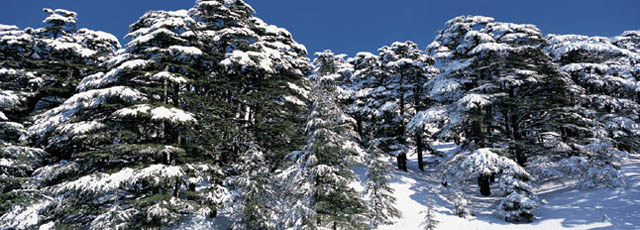

(photo by Pascal Beaudenon)
“The most famous cedars, known as Arz el Rab or Cedars of the Lord, are those of Bsharre. Only this grove, the oldest in Lebanon, gives an accurate idea of the stature and magnificence these trees attained in antiquity. About 375 cedars of great age stand in a sheltered glacial pocket of Mount Makmel.” (source)

(photo by Pascal Beaudenon)
Another preserve is found on the northwest hills of Mount Lebanon, called Horsh Ehden. This forest is home to a great number of unique plants, 10 of which are endemic to this nature reserve alone. Another one is found in the Chouf District of Lebanon, on the slopes of Barouk mountain, called the Al Shouf Cedar Nature Reserve. It covers over 5% of Lebanon’s total territory.
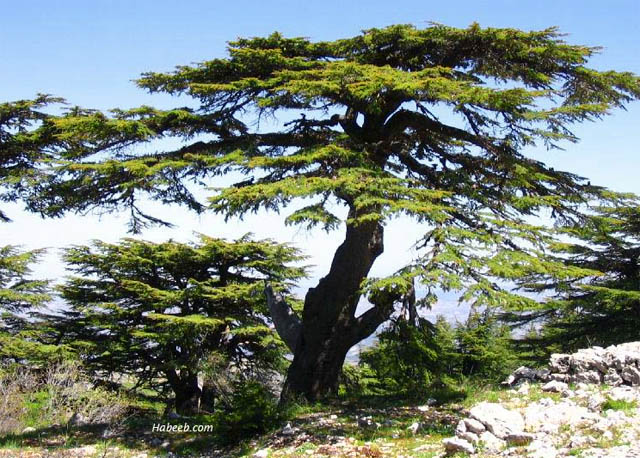
Barouk Cedars in the Chouf region, photo by habeeb.com
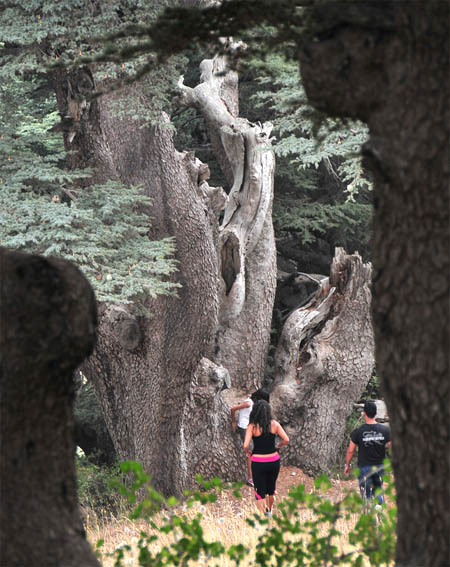
Al Shouf Cedar Nature Reserve, photos by Ashraf Khunduqji
Even though such cedars can be found in Turkey, Syria, Lebanon, and Cyprus, overall forest volume has been greatly depleted, and active restoration and conservation of the remaining cedar forests is of utmost priority. An interesting pine forest in Jezzine, South Lebanon:
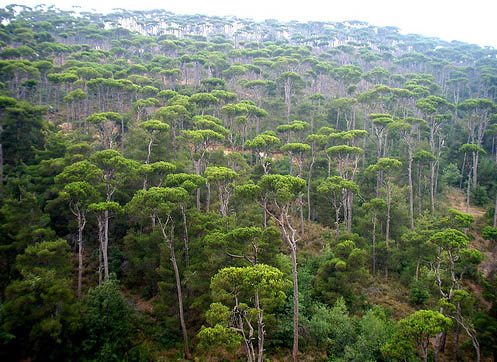
(image credit: Resmi)
The mountains in Lebanon are made up chiefly of limestone, which makes them riddled with caves and underground rivers. Some 9 km of passages can be found in the Jeita Grotto; boat tours of the underground lake begin at a waterfall and take you into a wonderland of cave formations:
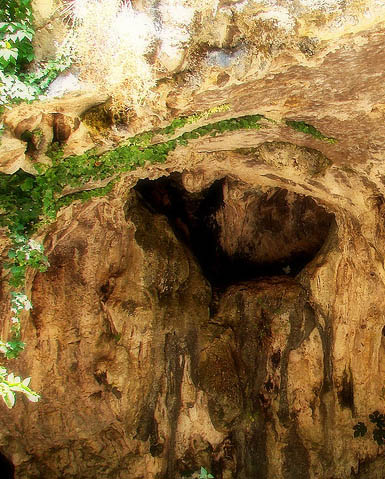
(image credit: Ala’ Dababneh)
Some of these aquifers spring up in the Bekaa Valley, which is near the border with Syria. They feed the Aammiq wetland, which is the largest remaining freshwater wetland in Lebanon. Bekaa Valley is also home to many wineries:
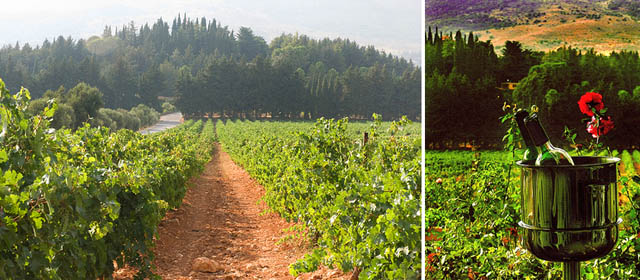
(images credit: Hani London and Piax)
Streams in the desert… human kindness vs. cold strife
So much of the land has seen the suffering; so much of this land still blooms and brings joy, faithfully providing reast for the weary traveller… Baakleen river falls – with its Zarka pool (gorgeous color):
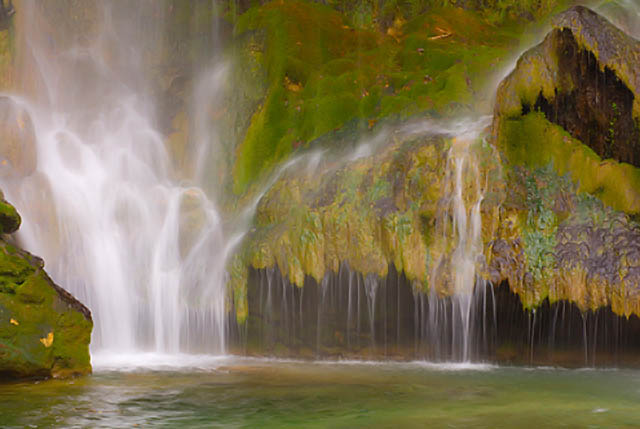

(images credit: Asaad Saleh)
Spring brings many flowers to Lebanon:
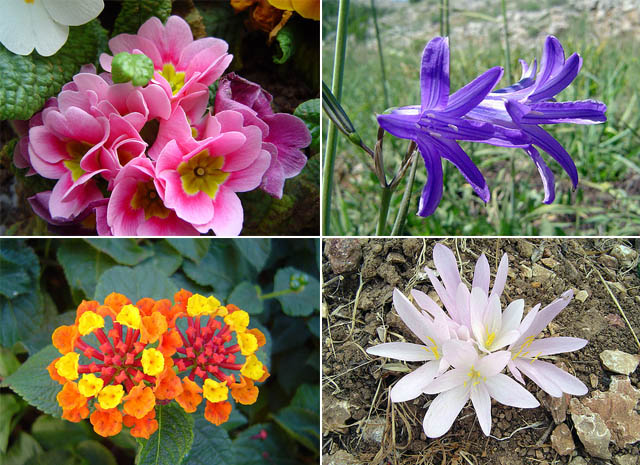
(image credit: Asaad Saleh)
A land of ancient castles, a wealth of history
Most of them are in ruins… showing the “wear and tear” of thousand of years. Shika Castle (Tripoli, Northern Lebanon) -
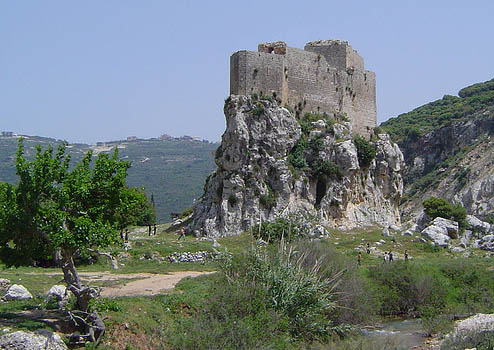
(image credit: Asaad Saleh)
Sayda Castle, built in 1228:
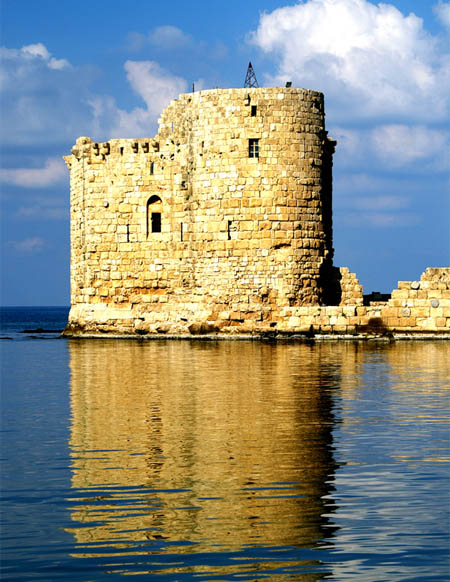
(image credit: M. Abbas)
From a neat photo collection “A Window on Lebanon” by Natasha Tynes:
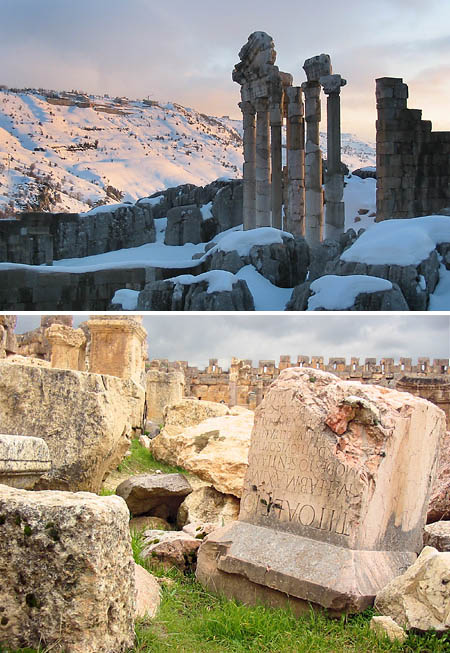
No wonder this land abounds in castles: so many armies passed and fought here throughout the ages… See for example the site of this Beaufort Castle – “Crusaders, Saladin, Arabs, Mamelukes, Ottomans, Palestinians, Israelis, Hezbollah have fought over this piece of rock”
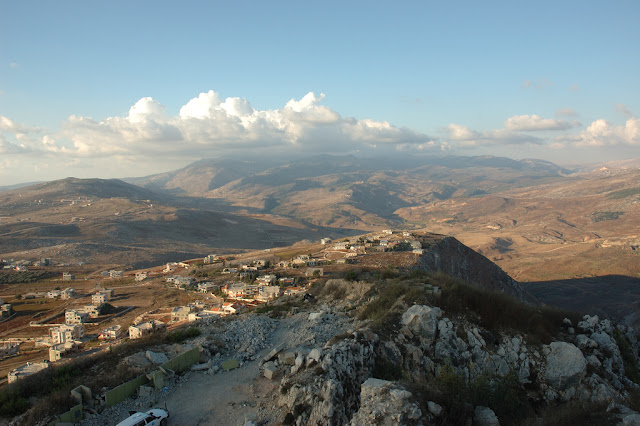
(image credit: Julien Harneis)
Even the churches retain a distinct feel of a castle: St. Paul’s church in Harisa, facing Jounieh Bay:
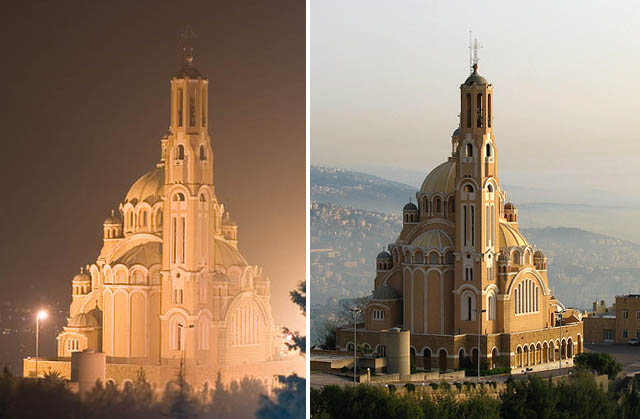
(photos by Asaad Saleh and Joerg Muehlbacher)
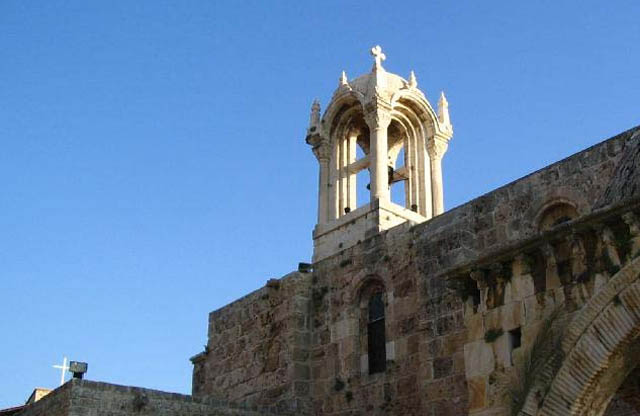
(image credit: habeeb.com)
Sometimes the terrain itself protects: little town cradled in the gorge – check out the narrow winding road leading to it:
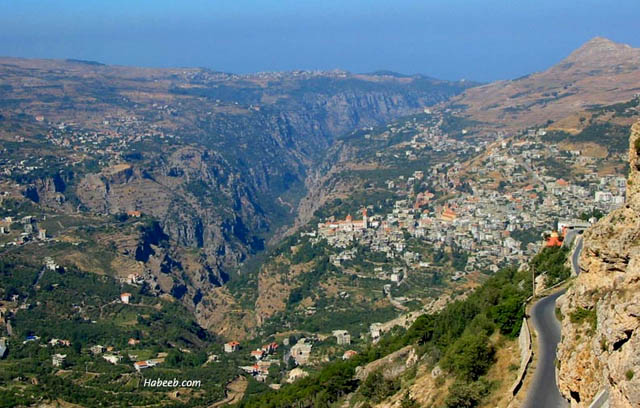
(image credit: habeeb.com)
Downtown Beirut retains European style of architecture:
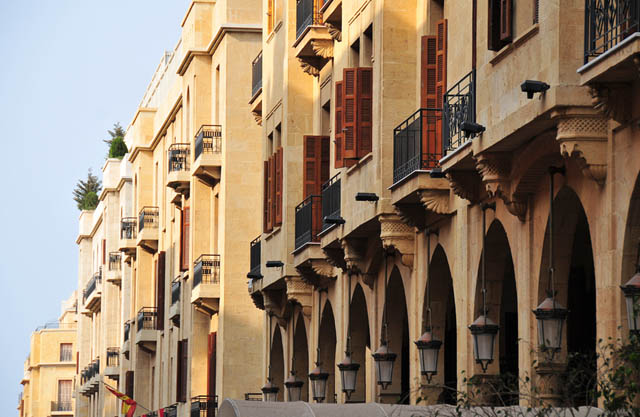
(image credit: Ashraf Khunduqji)
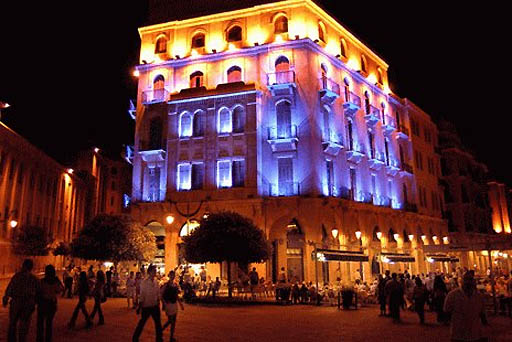
Typical Lebanese appetizers (known as meza):
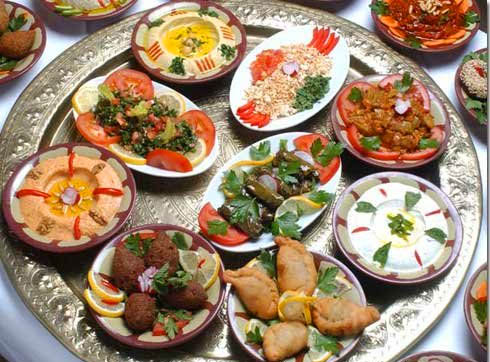
And the glory of the place reaches deep, the roots are planted solid into the heart of human emotion – something that many consider a holy ground, and rightly so.
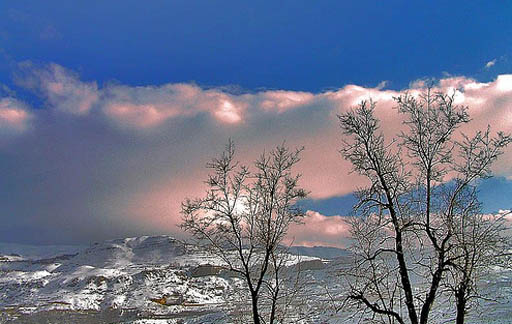
(image credit: Piax)
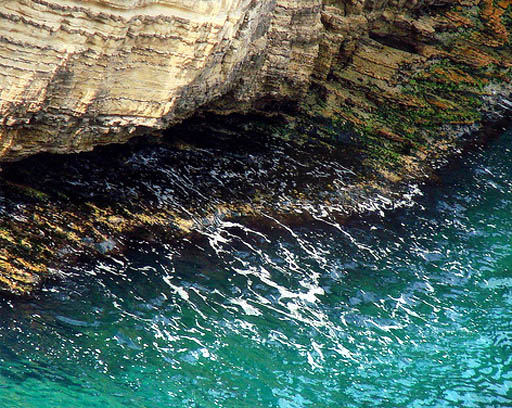
(image credit: Ala’ Dababneh)

(image credit: habeeb.com)
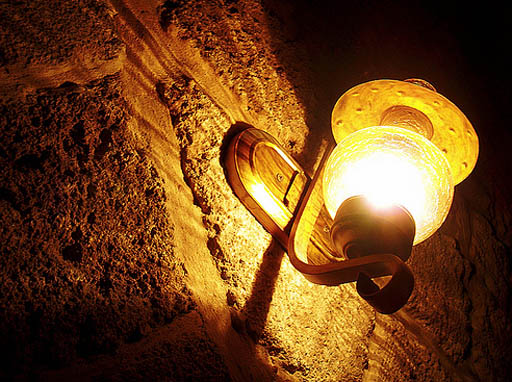
(image credit: Resmi)
The sacred places in the mountains provide a transcendental moment:
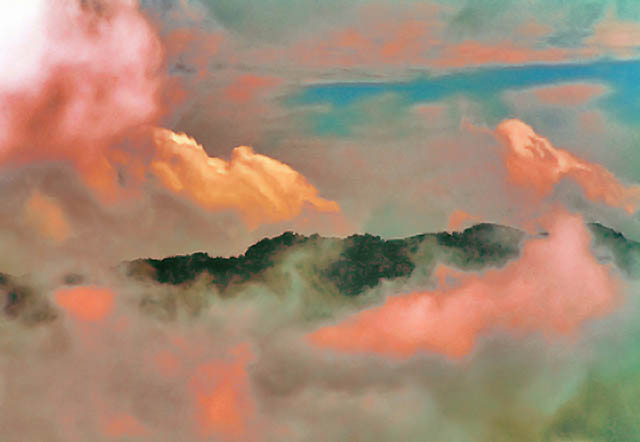
(image credit: Piax)
Certainly the mixture of beautiful nature and awesome history is seductive -
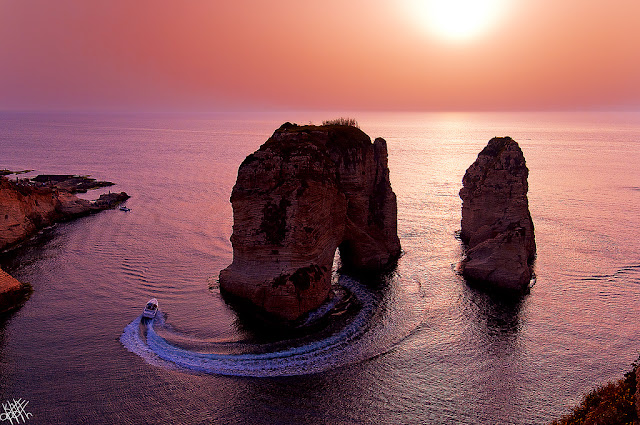
(image credit: lux-lucis-pictor)
…but peace and quiet in Lebanon can be a balancing act, a precarious moment which may not last long:
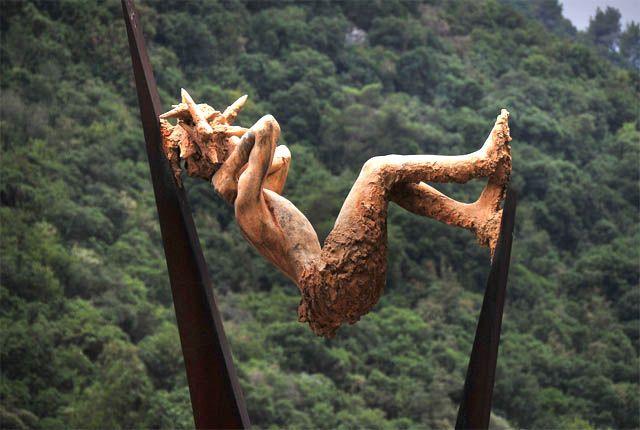
Jeita Grotto, photo by Ashraf Khunduqji

0 comments:
Post a Comment